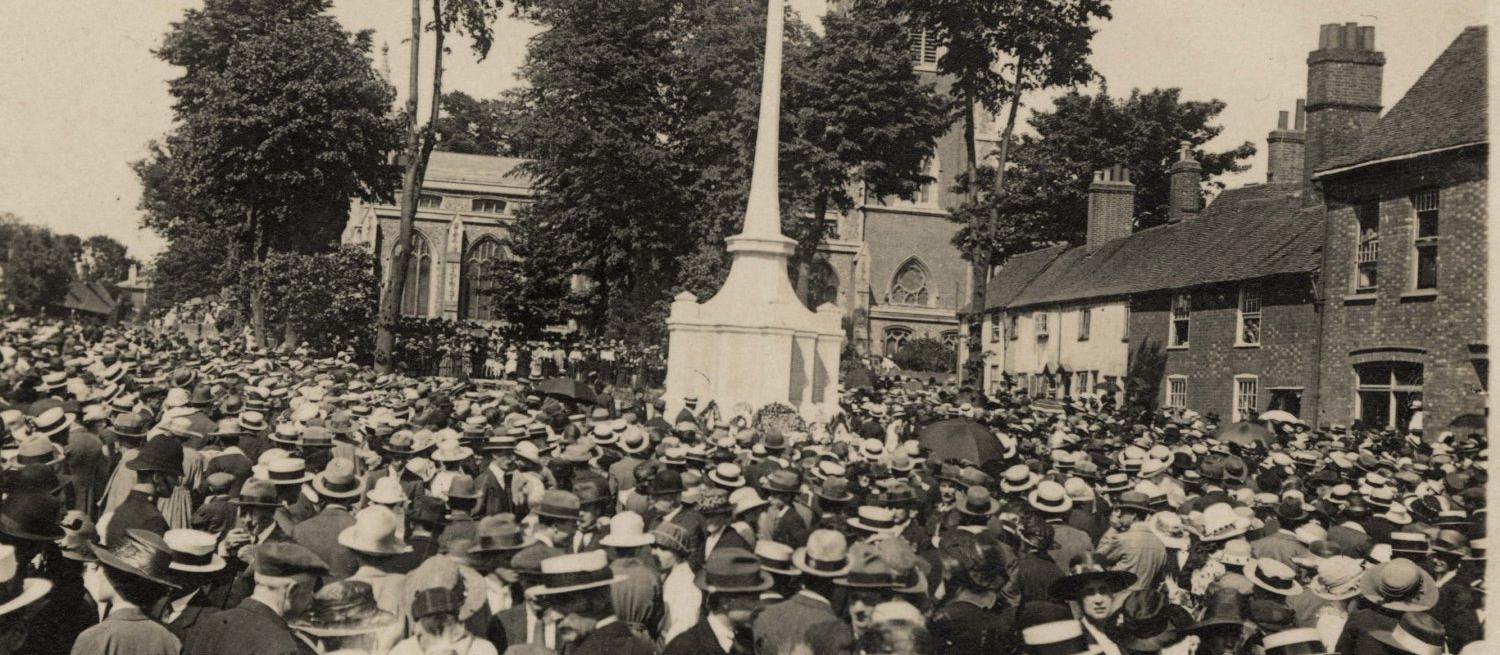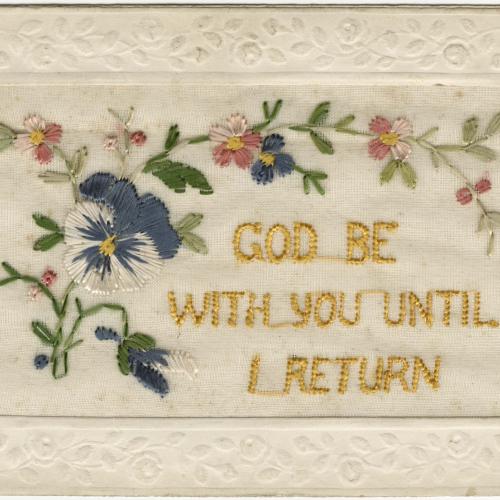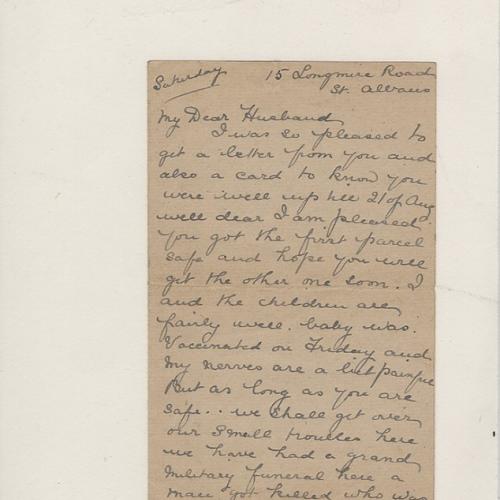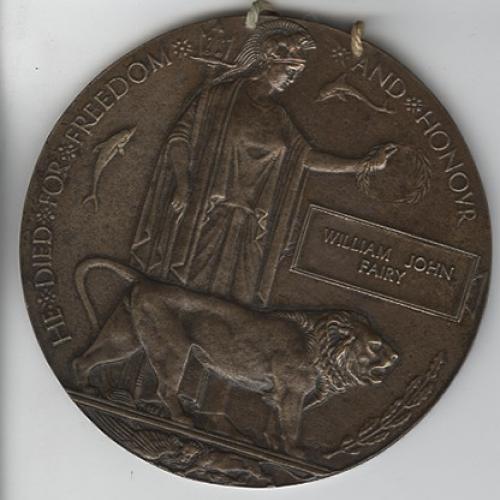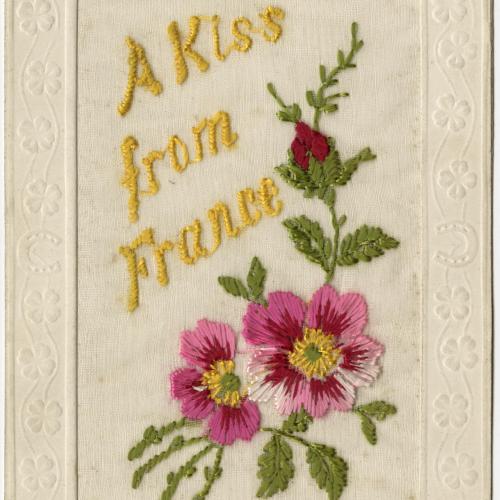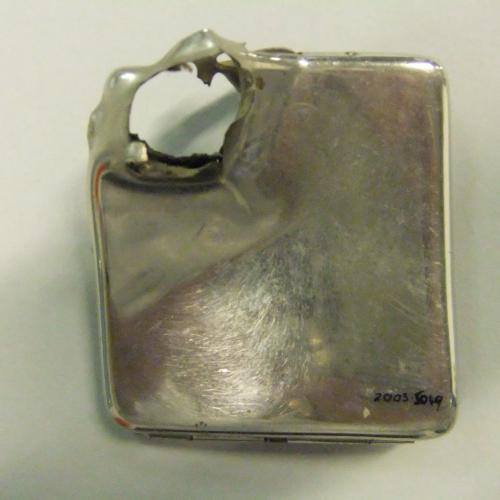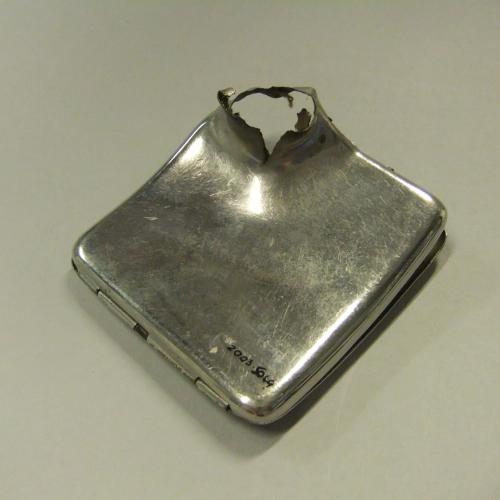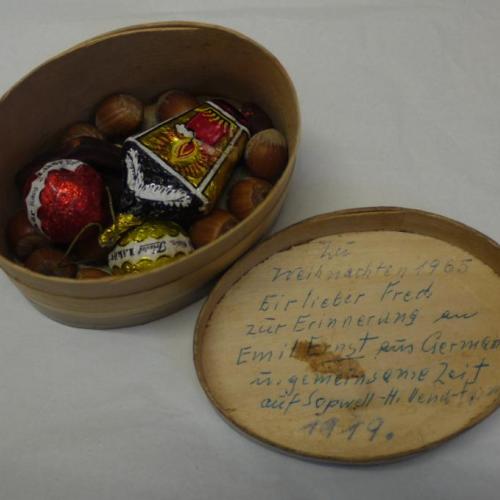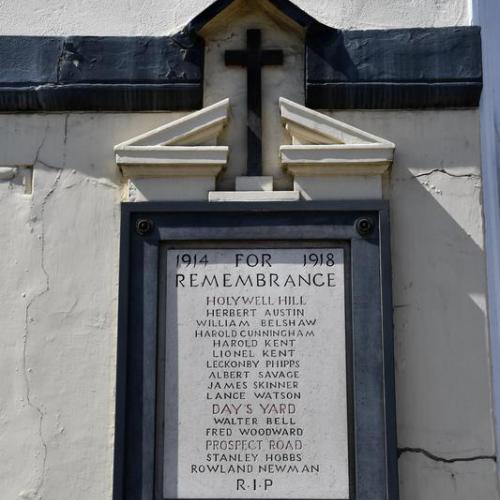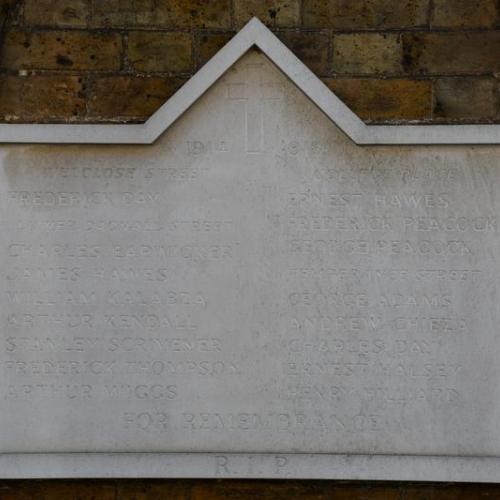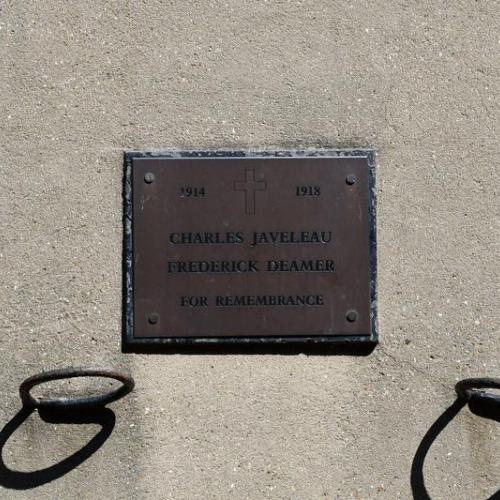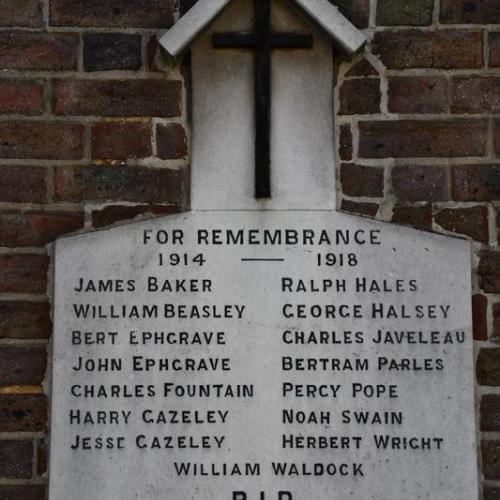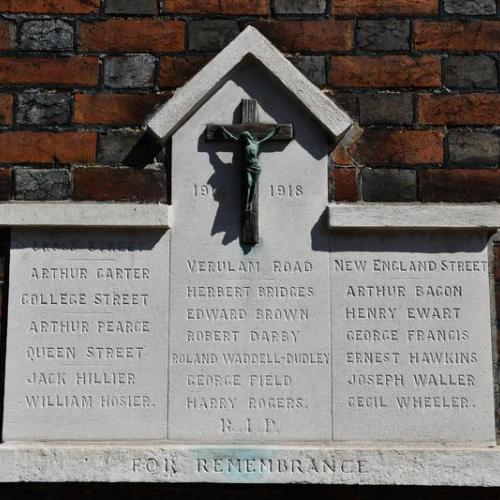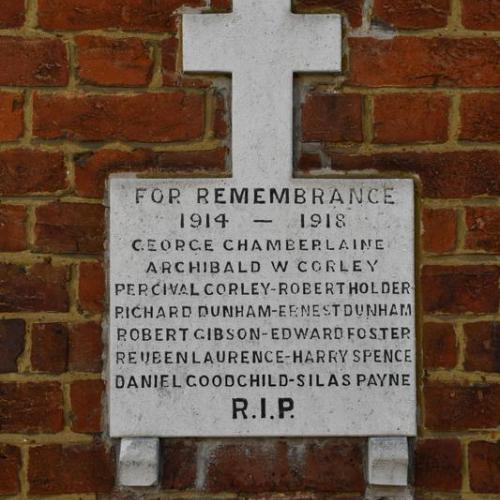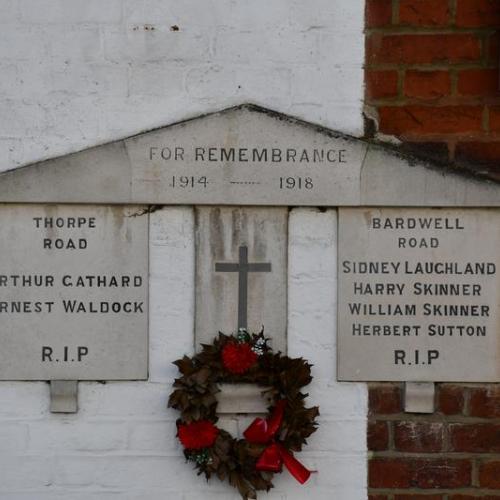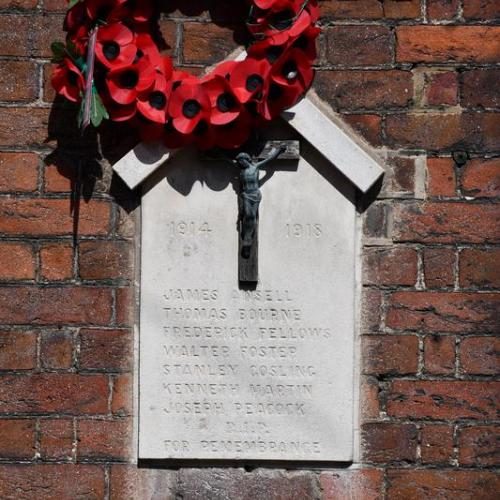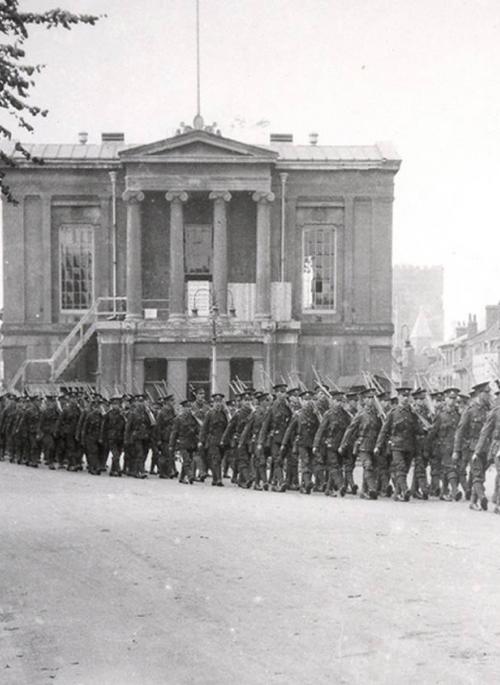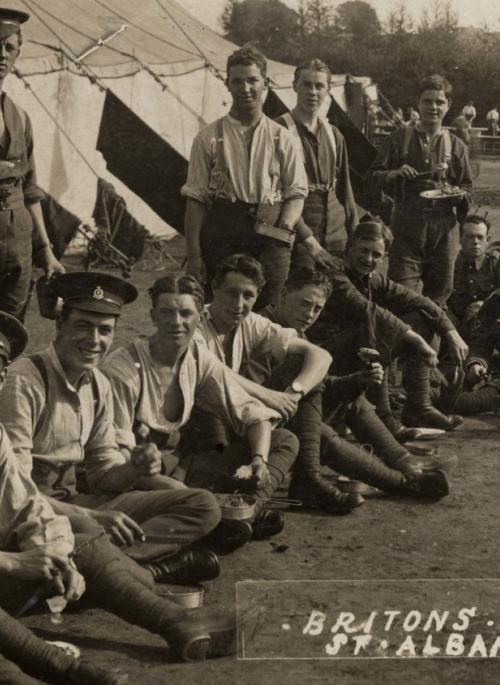Even before Armistice Day in 1918, St Albans had started creating monuments to the soldiers who wouldn’t come back.
This exhibition explored how the way we remember the First World War has changed from those early memorials to our centenary commemorations in 2018.
Before the First World War had even ended, the people of St Albans, and the rest of the country, were already creating memorials to the soldiers they knew and loved. Lasting Peace? explored how our First World War memorials have changed from those first street shrines to the large public display of Blood Swept Lands and Seas of Red at the Tower of London.
As we look back to the end of “the war to end all wars” a hundred years ago, we consider the memorials that are still visible and important parts of our city & district today. We invited visitors to take home the name of one of the men listed on the St Albans’ war memorials and to consider whether we still hope for the “peace of the world” with those who dedicated those early memorials.
Objects of the War
William Fairy
These items relate to Private William Fairy who died during the First World War. His family kept objects from his life as well as his “dead man’s penny” and a photograph of his grave.
The letter was sent to him by his wife when he was at the front and his Service New Testament was with his belongings when he died. The embroidered postcards were made by women in France and Belgium and Fairy sent them to his wife and daughters.
Frederick John Freeman
Second Lieutenant Frederick John Freeman, known to his family as Eric, was training to be a chartered accountant when he was called up for active service in the war. In 1916, whilst fighting in the Battle of the Somme, he died at the age of 22.
The cigarette case displayed here was in his pocket at the time.
Emil Ernst & Frederick Quick
The box of chocolates is from Emil Ernst, a German prisoner of war, who worked at Sopwell and Hill End Farm during the war. Emil made friends with Frederick Quick, a local boy, and they stayed in touch. Emil sent this present in 1965.
Some prisoners of war were held in St Albans during and immediately after the war. They worked on local farms doing agricultural work. One of the prisoners held here, Emil Ernst, befriended a local boy called Frederick Quick, who was 14 when the war ended. Their friendship continued beyond the war and they continued to write letters to each other even when Emil returned home.
Almost 50 years later, in 1965, a parcel arrived from Germany. It contained chocolates and nuts and a message written in German in the lid:
“My dear Fred, to remind you of Emil Ernst from Germany and the times we spent together at Sopwell and Hill End Farms, 1919”.
